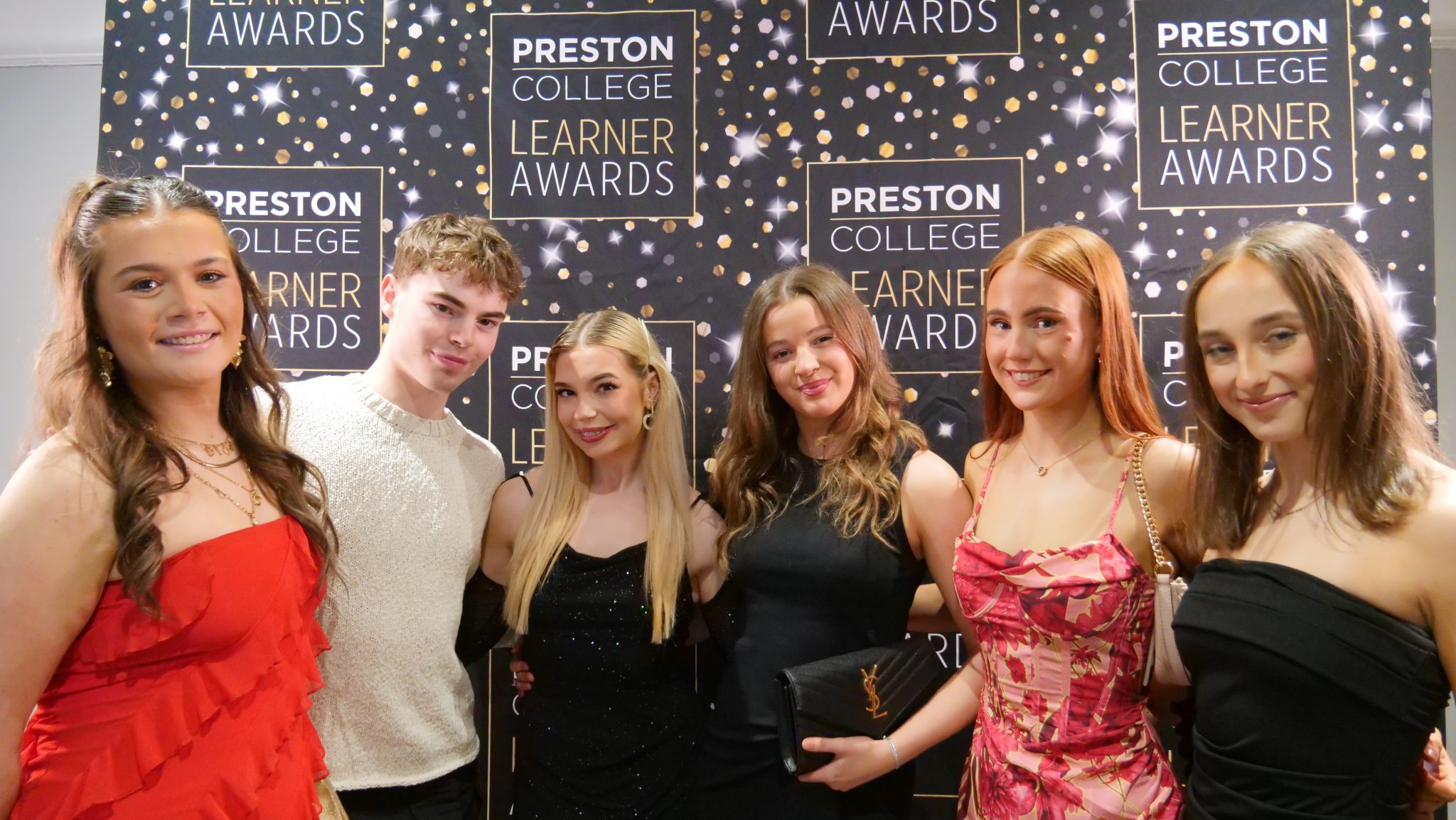New technologies brings College classroom to life
Article by Laura Barrow
A digital generation
It’s no secret that modern day technology plays a fundamental part in our everyday lives. In fact, on average we are checking our phones every 12 minutes!
The latest report from telecoms regulator, Ofcom describes what has been a decade of digital dependence, with the number of adults (16+) owning a smartphone leaping from 17% in 2008 to 78% in 2018.
The government’s industrial strategy notes that “within two decades, 90% of jobs will require some digital proficiency, yet 23% of adults lack basic skills” and with rapid developments in technology, the UK’s workforce needs to be digitally savvy.
Keeping up with the Millennials in education
For a number of years, Preston’s College have held a strong relationship with education technology expert, Jisc – utilising a number of their innovative technologies and systems.
But more recently, the pair teamed up to explore the idea of incorporating augmented and virtual reality into the classroom!
Alison Humphreys, head of quality for teaching and learning at Preston’s College, said: “Both Frank [McHale] and Steve [Smith] were keen to raise the profile of eLearning alongside curriculum staff to enable innovation in the classroom.
“We set ourselves the challenge to look at augmented and virtual reality (AR and VR) to see how this could improve our learner experience and support the College’s drive to provide outstanding teaching and learning.”
Frank McHale and Steve Smith, who work in the learning outside of the classroom team at Preston’s College, maintain a wide range of cross-college systems, support the development of staff members’ digital skills.and manage almost 100 digital resources.
To help step up to the task, the duo visited the Bett show in London, an industry expedition which demonstrates how digital technologies create a better future by transforming the educational landscape.
Frank, reflecting on the visit to the Brett show, added: “We came away thinking it would be great if we could use similar technology, but the high costs was far from what the college could invest in.
“We really wanted to acquire the technology after seeing the impact it could have in the classroom, however, at £5,000 for a single headset, it felt like a world away.”
Turning a dream into [augmented] reality
Without losing hope, the pair turned to Jisc, who managed to bring ambitions higher and costs lower! They were able to demonstrate a range of pioneering equipment without the hefty price tag, including a fully immersive VR headset, a 3D scanner for an iPad and a Samsung Gear 360°.
It was important that Frank and Steve could demonstrate the value of using new technologies across the College by trialling the resources in every department, from dance and science to automotive and beauty.
For example, Sport tutors set their learners a project to design a football boot using the 3D iPad scanners.
Frank, discussing the impact of the new technology in the classroom, continued: “Sport learners aren’t always playing the field, their classroom study is important too.
“Ordinarily, they would draw the boot on flipchart paper, but the scanners allowed them to create and design a 3D rotating boot which made their learning much more interactive and engaging.”
Next, Steve and Frank teamed up with ceramics learners to create a ‘virtual exhibition’ of 3D artefacts and sculptures to aid their end of year assessments.
Meanwhile, Dance learners benefited from using the 360° camera in their classes. They placed the camera in the middle of a set and played the performance back to critique their movements and techniques.
The use of digital technology in the classroom has also been introduced into teaching programmes at Preston’s College. Zac Wilkinson, Trowel Occupations & School Links Lecturer, studied his Certificate of Education at Preston’s College and discussed the significance of using digital technologies in the classroom.
Zac said: “During my Certificate of Education course, I learnt a lot about how teaching has developed because of the digital age we live in. As teachers, we can embed the use of technology into a classroom environment as a valuable tool to make lessons much more interactive and engaging.
“After learning how to use programmes like Kahoot!, Canvass as well as implementing iPads in lessons, I found that these technologies are much more than a gadget, they have the ability to bridge the gap between textbook and technology in the classroom.
“It’s great to see Preston’s College taking a proactive approach to educational change and the developments in teaching across College is exciting, innovative and leads the future of learning.”
It is important to ensure that the development of teaching co-insides with the new and innovative ways young people learn, with a flexible education system which bridges the gap between textbook and technology.












